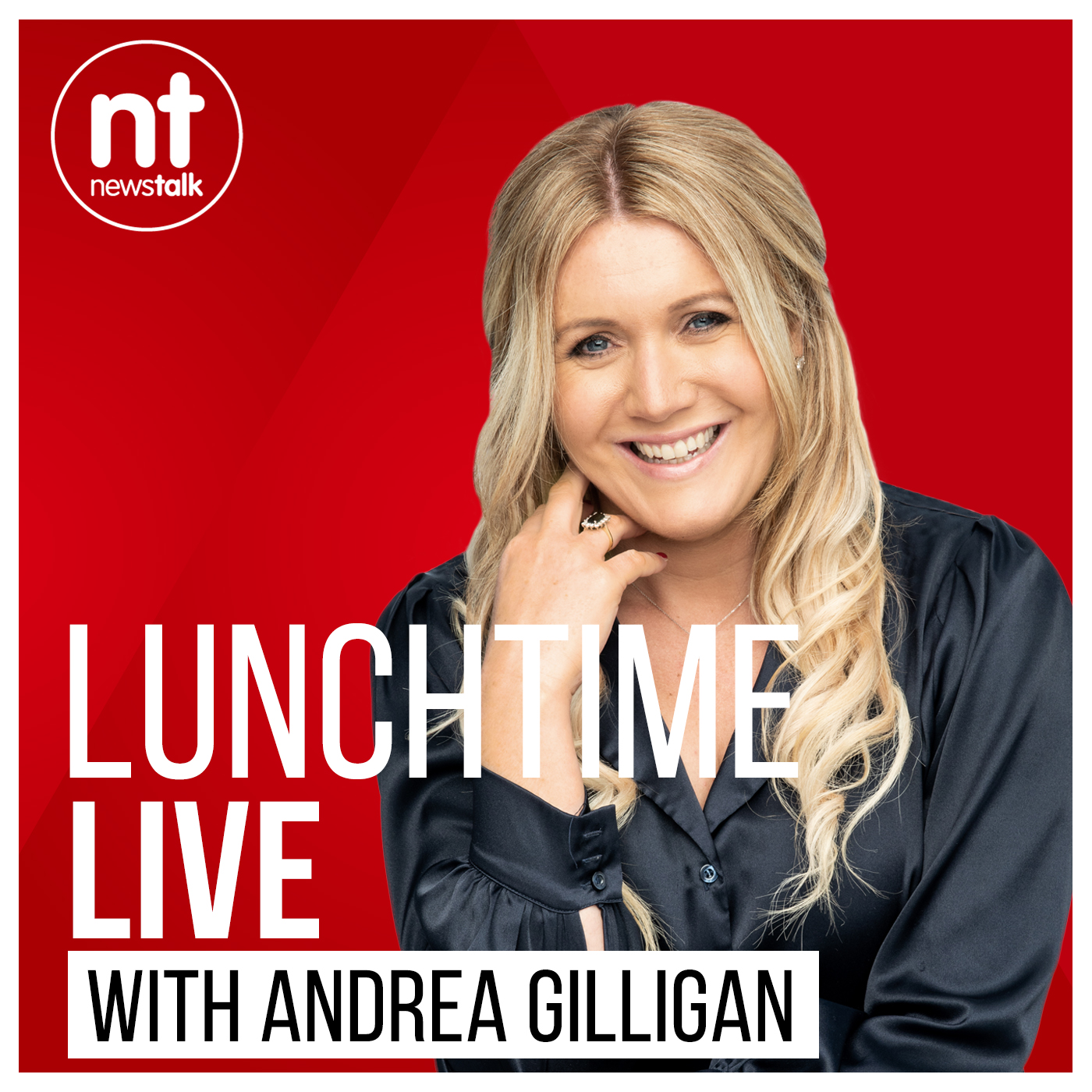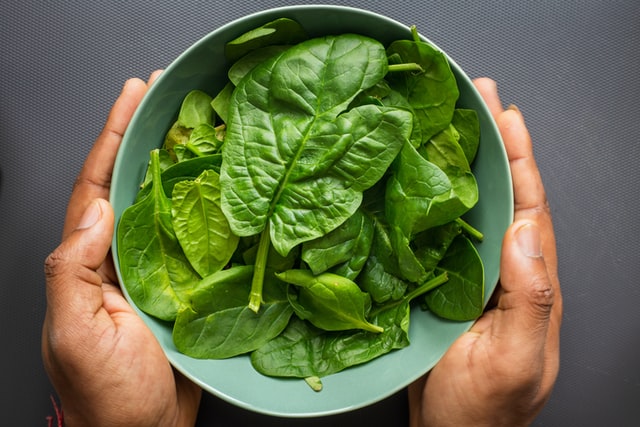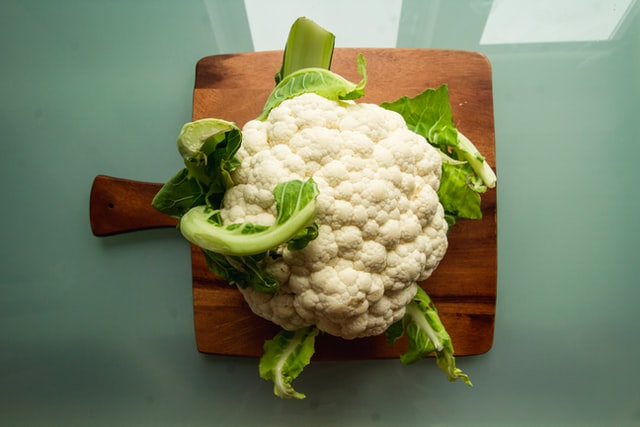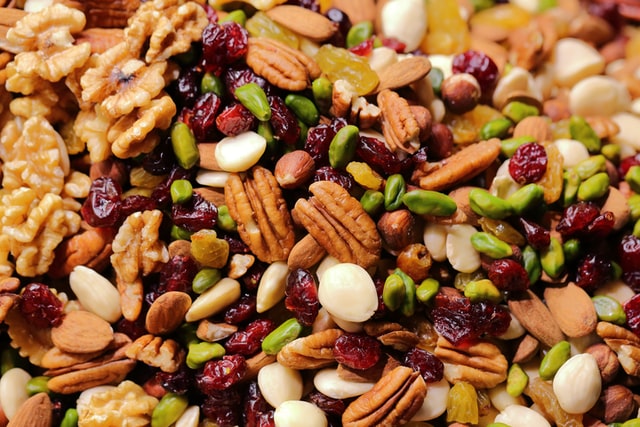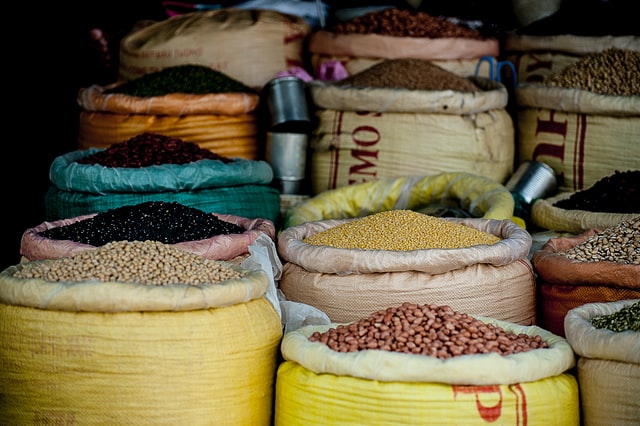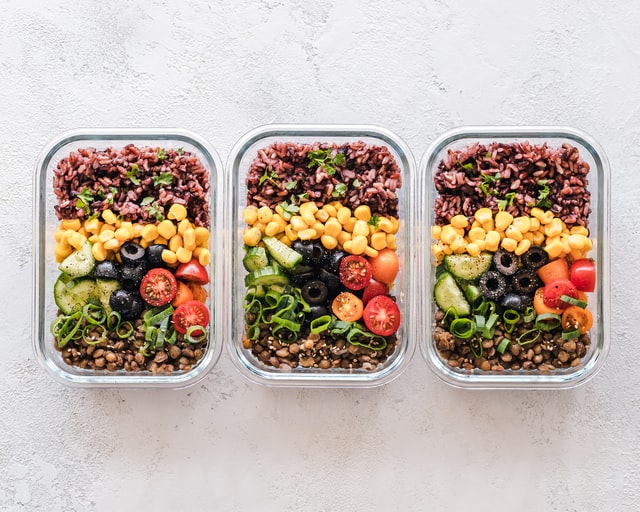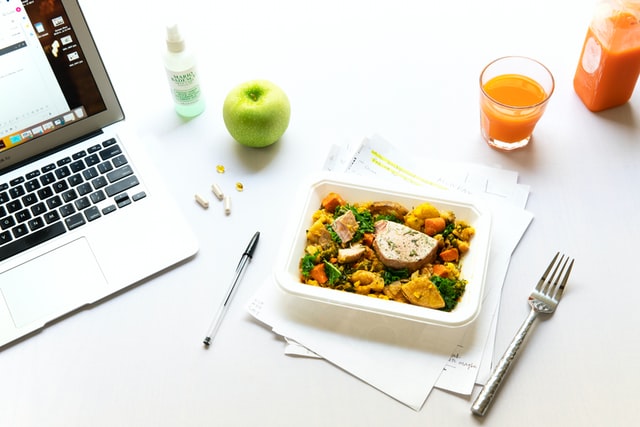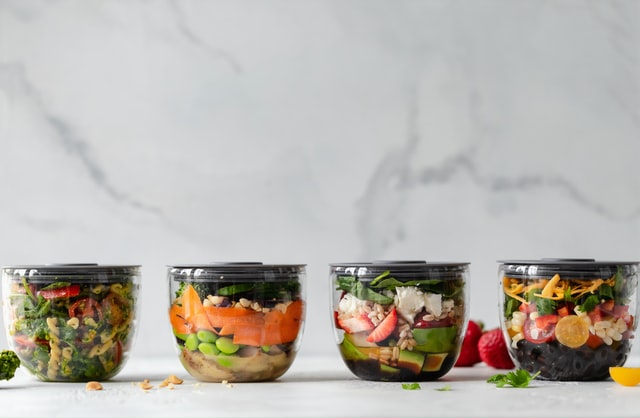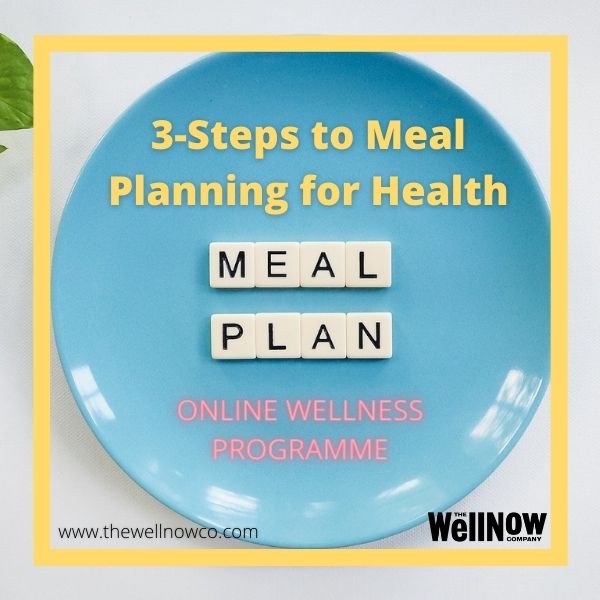Marking the two year anniversary of the first covid lockdown, the three kids and I had our own turn with covid. This was on the back of what felt like a long winter. Or should that be a long two years of pandemic life. We were happy that it wasn’t too bad, and were thankful for many things (vaccines being one!), but it still managed to knock the energy out of us in a way I wasn’t quite expecting. I wanted to focus on ways to re-energise yourself post-covid, not just for me, but to help as many people out of this fog as possible.
Coming out of the haze of that has made me have to dig deep for energy and tap into as much personal resilience as I can. I want to feel my energy soar again and feel joy and excitement. Something I think has been lacking for some time now for most people.
I’m taking a health coaching approach for myself to tackle this need for self-care. Just to clarify, I don’t have long covid, I’m merely feeling wiped out from two tough years topped off with a (mild) dose of covid. These 5 easy ways to re-energise yourself post-covid should help me and I’m working on each of them. I figured they could help you too, so here they are:
1. Listen to your body
At some point in the day that works for you, sit for at least 5 minutes and do a quick body scan. See how you’re feeling. Are you tense, in pain, tired or generally lacking energy? Is your mind racing, or is your body tired? Or both? Don’t ignore the signs your body is giving you. If you’re tired, try to lie down even for 10 minutes before it feels debilitating. If you’re feeling overwhelmed, see what tasks you can cut down on even temporarily. Also, see who you can ask for help from. Don’t endure hardship if it is avoidable because you will hit the wall eventually.

2. Rest
If you are feeling tired, try to schedule in small breaks frequently. And if you need it, take longer lie-downs, especially if you are recovering from any ill-health. If you still feel tired, the first thing I would suggest is talking to your doctor to rule out any medical issues. Then, assuming all is ok, try to look at the next three points and they should help regain energy – nourish, movement and connection.
A rest of some kind in the morning and afternoon will help your body recover from the exertion of your normal daily routine and your energy will grow. If you feel you need a sleep, try to do this before lunch time so as not to impact your night’s sleep. You may only need to do this for a few days, but for some it might take a little longer.
If you are back working in an office, you most likely won’t have somewhere to lie-down. So, try to switch off and take a break where you can. If you’re hybrid working or working from home, you will have more flexibility on this front. Either way, it’s a good idea to talk to your manager and fill them in on where you’re at. There’s no point in working through because ultimately it will catch up on you and you will take longer to recover.
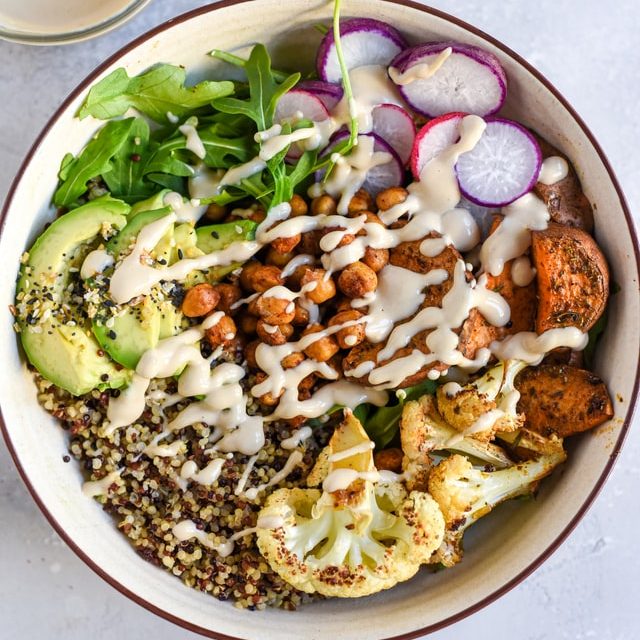
3. Nourish
Eating a balanced diet, full of a variety of vegetables and lots of fibre will give you the right kind of energy your body needs to stay healthy and well. I always love the idea of “eating a rainbow” of fruit and veg, but also think about trying to get 30 different fruit and veg into your meals across a week as a goal. When it comes to protein, aim for lean and organic if possible. Reducing red meat is good to consider, and including oily fish is also helpful. If you are vegetarian or vegan, make sure you are eating the right amount of protein to keep healthy and energised. Staying hydrated has such a positive impact on energy too. You can talk to your health care provider about whether supplements might be right for you.
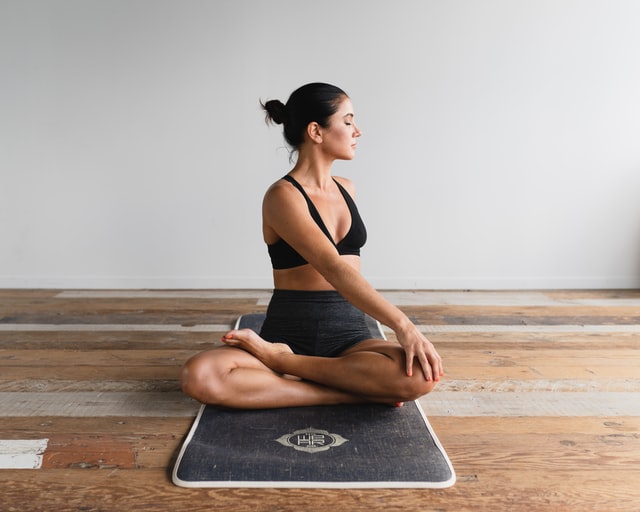
4. Move – gently
We all know that exercise is good for us, but when we are feeling properly exhausted it can be the last thing we can face. It’s ok to take a break from it for a short time from exercise. But try to incorporate gentle movement to ease you back into it and help your mental health too. Walking is such a great way to do this, and it gives you fresh air too. Also, practising yoga can be a relaxing way to move your body in a way that it needs. And Pilates is a great way to build strength back into your body.

5. Connect
Surrounding ourselves with people who energise us and lift us up is a great way to build our resilience and start to feel like ourselves again. Meeting people when you feel low can sometimes feel challenging, but the right people can really give us a boost. Consider who you think will make you feel good. You can also limit your connections to a small group of people for a little while, maybe meeting one at a time. You could meet for a walk and this helps to have a cut-off to the meeting too. Setting these boundaries helps to keep you feeling in control and will limit a feeling of overwhelm. Meeting new people can also invigorate you, so consider joining a club or group that will expose you to like-minded people.

Having a crossover of any of the above will really help too. For example, joining a yoga class will help you mind/body connection, but also help by surrounding yourself with new people. An outdoor yoga class will get you some great self-care points. Planning your approach with some thought can maximise the return on your time and get you back to feeling yourself soon.
These points are all suggestions to approaching getting out of the post-covid period (or living with covid) funk that so many of us are feeling and help to boost our resilience. I hope some of these suggestions work for you. If you feel you need a bit more help or guidance creating a plan that works for you, get in touch. I can book you in for a free discovery call to see if 1:1 coaching is the right fit for you.

Feature image Photo by Katie Moum on Unsplash



